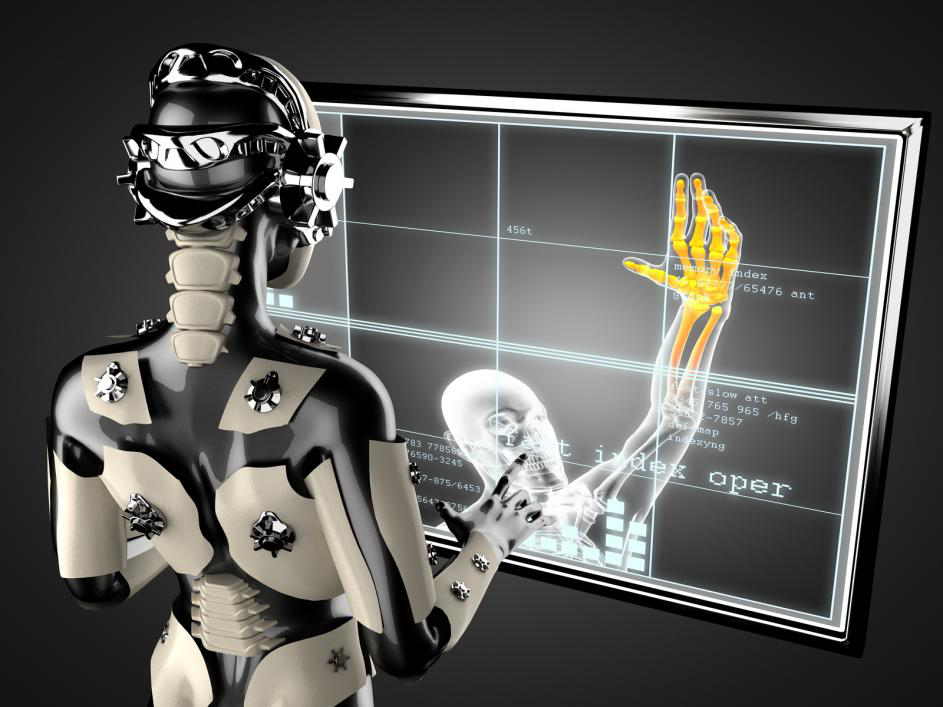Studies show that the medical robots market is predicted to generate approximately USD 24.6 billion by 2025. A key component of this growth is the large amount of investments made in medical robot related research. There’s also growing demands for the application of robots in minimally invasive surgeries, particularly for laparoscopic and orthopedic procedures.
Therefore, a variety of robots are being developed to serve in different roles within medical environments. Robots are being specialized in human treatment — such as surgical and rehabilitation robots.
Here are top 3 uses of robots in the world of healthcare today:
1. Surgical assistants
Remote-controlled robots blur the lines between ‘medical tool’ and ‘robot’. They are constantly under the control of the surgeon, used for minimally invasive procedures. Experts say that the hallmark of surgical robots is the ability to manipulate a sophisticated robotic arm using operating controls, while the surgeon sits at a workstation outside the operating room — minimizing contamination risk and work fatigue.
One such example is the da Vinci Surgical System — a standard for robot assisted surgery. It has been used in straight forward procedures like applying efficient sutures to complex abdominal surgeries including kidney donations. This system expands the surgeon’s capabilities with a high performance vision system that offers utmost precision and dexterity during surgeries — leading to reduced risk of infection and faster healing.
Big tech companies continue to develop similar systems with wider range of functionalities and autonomous features — who knows what’s next in this field!

2. Rehabilitation robots — Human 2.0
Robots play a crucial role in rehabilitation of people with disabilities to provide improved strength, mobility and coordination. They use AI to adapt to conditions of each patient when they recover from traumatic brain injuries or neuromuscular diseases like multiple sclerosis. Therapeutic robots help stroke victims in the recovery of essential motor functions.
A prime example is the robotic orthotic devices— or exoskeletons — used to help paralyzed people walk again. They are also used to correct malformations after spinal surgeries by providing weak muscles with extra support to perform movements. The robots currently use pre-set movements and user input with advanced neural interfaces, but it’s only a matter of time before mind-controlled exoskeletons hit the market.
3. Disinfection and sanitation bots
With the increase in deadly infections and antibiotic-resistant bacteria, healthcare facilities are taking the help of robots to disinfect medical areas. Rather than leaving the cleaning to error-prone humans, modern disinfecting robots — like “Little Moe” — are used to autonomously move to empty rooms and zap germs with high-powered UV rays. It is reported to kill about 99.9 percent dangerous viruses in less than 5 minutes.
In need of robot spare parts or used robots from high-end brands? You’ve come to the right place! We offer robot integration in addition to repair and refurbishment of used robots at affordable rates. Get in touch with us for more details and special offers!
